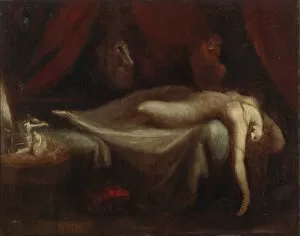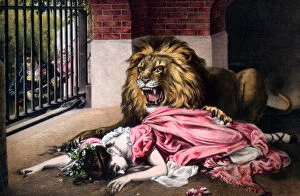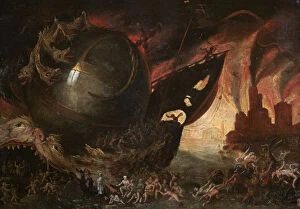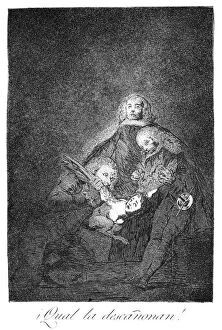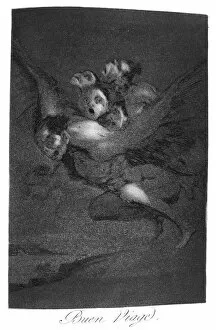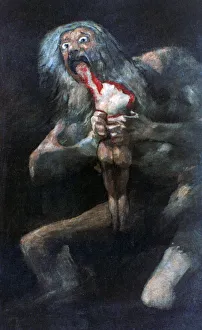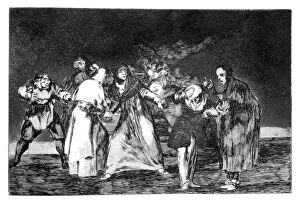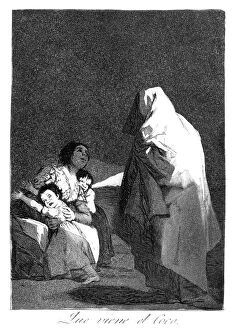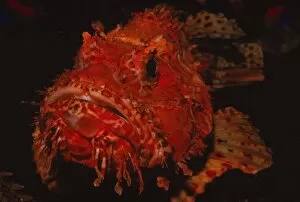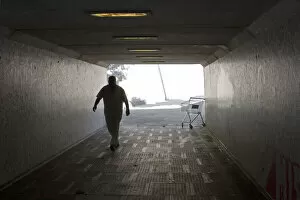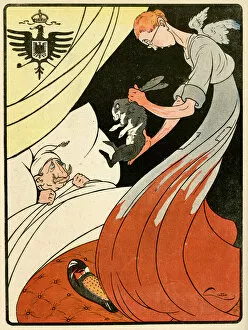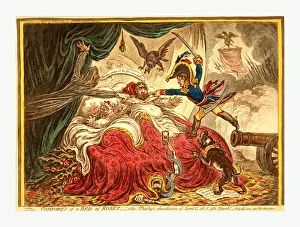Nightmare Collection (page 8)
"Nightmare: Exploring the Dark Corners of Imagination" Step into a world where dreams turn into haunting nightmares, as depicted in Goblin Market by Pauline Baynes
All Professionally Made to Order for Quick Shipping
"Nightmare: Exploring the Dark Corners of Imagination" Step into a world where dreams turn into haunting nightmares, as depicted in Goblin Market by Pauline Baynes. The twisted allure of forbidden desires and monstrous creations come alive in The Sleep of Reason Produces Monsters, from Los Caprichos. In Henry Fuseli's iconic painting, FUSELI: NIGHTMARE, we witness the terrifying power of our subconscious mind. A horse-headed demon perches upon a slumbering woman, embodying our deepest fears and anxieties. Edvard Munch's The Vampire II delves further into the realm of darkness. With blood-red hues and eerie figures, it captures the chilling essence of supernatural horror that lurks within us all. Even mundane realities can transform into nightmarish scenarios, as seen in H. M. Bateman's satirical piece The Income Tax Official in Hades. It reminds us that even after death, our fears continue to haunt us. The Temptation of Saint Anthony portrays an internal struggle against temptation itself. Jacques Callot's Tentation de St Antoine takes this theme further with its intricate engravings depicting surreal creatures tormenting the saint. Sometimes nightmares take on a lighter tone like George Studdy's Studdys Nightmare or Cosplay - Jack Skellington which infuse humor into these dark imaginings. Pieter van der Heyden's Pride (Superbia) from The Seven Deadly Sins explores how arrogance can consume us like a never-ending nightmare while Comforts of a Bed of Roses shows that even seemingly pleasant situations can hide sinister undertones. Through these artistic masterpieces spanning centuries, we are reminded that they are not limited to sleep but also manifest through our daily struggles and inner demons. They serve as cautionary tales urging us to confront our fears head-on and find solace amidst the shadows.



